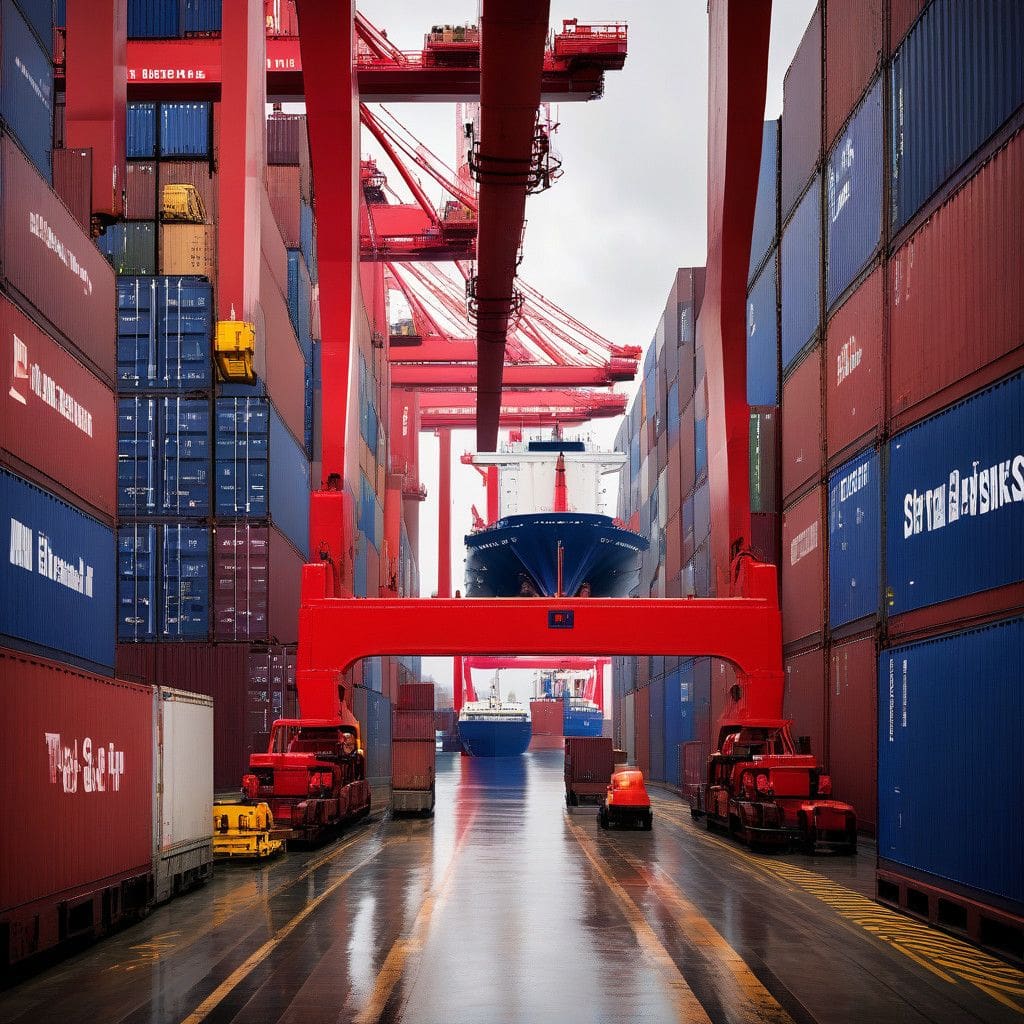In the face of looming uncertainty, US shippers are increasingly avoiding East and Gulf Coast ports, fearing a potential dockworker strike by January 15. This suspension of regular shipping routes comes as negotiations between 45,000 dockworkers and their employers take center stage, following a recent tentative agreement that left critical issues unresolved.
The International Longshoremen’s Association (ILA) and the United States Maritime Alliance (USMX) reached a temporary pact in October that resulted in a substantial wage increase for workers—approximately 62% over six years. While this initial agreement rekindled operations at 36 major ports responsible for half of US ocean trade, it did not settle the contentious matter of port automation. For many within the shipping industry, the specter of a new strike has cast a long shadow, leading companies to reroute their shipments toward West Coast facilities.
Chris Peterson, CEO of Newell Brands, noted the urgency in shifting logistics, stating, “Anything we expect that we need in the back half of January, we’re effectively diverting to the West Coast.” Peterson is taking proactive measures to mitigate disruptions, relocating hundreds of containers filled with essential materials to ensure product availability should a strike occur. The possibility of a two-week work stoppage hangs heavily over the industry, compounding concerns about inventory shortages.
The unresolved debates surrounding automation serve as a critical dividing line in negotiations. For unions, automation is viewed as a potential threat to jobs, while companies like Newell Brands see it as a pathway to increased efficiency and profit margins. Harold Daggett, the ILA president, is advocating against any automation initiatives that could displace workers, intensifying the conflict between labor interests and corporate objectives.
This ongoing tension left many shippers skeptical about the possibility of reaching a comprehensive agreement in the coming weeks. Companies such as Alba Wheels Up International are already weighing the odds of further disruptions, estimating a 60-70% chance of another strike. Salvatore Stile, founder of the firm, emphasized that the disagreement primarily revolves around automation rather than wage issues, forecasting that negotiations will intensify in opposition to technological advancements.
As ports on the East Coast tumble into congestion following the October strike, many businesses continue to divert their operations. The volume of cargo traffic at West Coast ports surged this past summer, with firms like Costco and Levi Strauss shifting their logistics in anticipation of impending contract negotiations. Gene Seroka, Executive Director of the Port of Los Angeles, remarked that there has been no indication of a return to the previous allocations in eastward shipping despite the recent tentative agreement.
The ramifications of the strikes are significant, affecting everything from retailers’ ability to stock products for peak selling seasons to broader economic dependencies along the coast. Matthew Shay, CEO of the National Retail Federation, highlighted the potential long-term impacts on communities across the United States. “We certainly don’t want to see that continue into the next year,” he warned, reflecting concerns about the economic ripple effects felt nationwide, particularly among major retailers who rely heavily on shipping.
Retailers are having to adapt quickly, likely saving the holiday season for consumers by expediting shipments in the wake of recent labor disruptions. However, persistent supply chain headaches remain tied to unresolved labor conditions and an inevitable need for clarity in negotiations between shippers and dockworkers.
The looming deadline of January 15 will be critical in determining the future flow of goods through US ports. If negotiations fail to produce a stable contract that addresses both worker concerns and the operational necessities of shipping companies, a resurgence of strikes seems inevitable.
With history as a guide and uncertainty shaping the current landscape, stakeholders across the shipping and retail sectors will be watching closely. The balance between labor rights and operational efficiency will set the tone for relationships within this crucial industry as the new year approaches.












